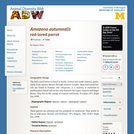
Amazona autumnalis: Information
- Subject:
- Life Science
- Zoology
- Material Type:
- Reading
- Provider:
- University of Michigan Museum of Zoology
- Provider Set:
- Animal Diversity Web
- Author:
- Meghan Ritter (author), University of Michigan
- Date Added:
- 03/07/2005

Amazona autumnalis: Information
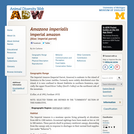
Amazona imperialis: Information
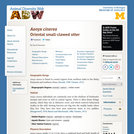
Amblonyx cinereus: Information
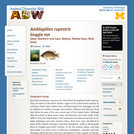
Ambloplites rupestris: Information
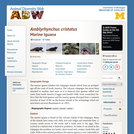
Amblyrhynchus cristatus: Information
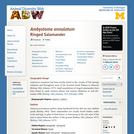
Ambystoma annulatum: Information
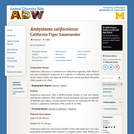
Ambystoma californiense: Information
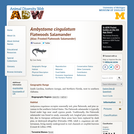
Ambystoma cingulatum: Information
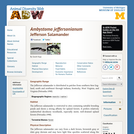
Ambystoma jeffersonianum: Information
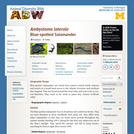
Ambystoma laterale: Information
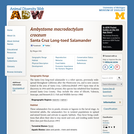
Ambystoma macrodactylum croceum: Information
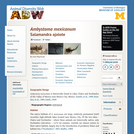
Ambystoma mexicanum: Information
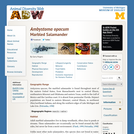
Ambystoma opacum: Information
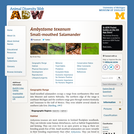
Ambystoma texanum: Information
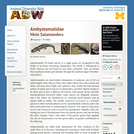
Ambystomatidae: Information
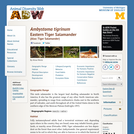
Ambystoma tigrinum: Information

This annotated slideshow adapted from KET's Electronic Field Trip to the Forest illustrates how blight decimated the American chestnut tree and the methods scientists use to identify and pollinate the remaining trees to create blight-resistant trees.

This collection of resources, published by the American Museum of Natural History, is intended for educators, parents, students, or anyone who is interested in teaching and learning about science. The resources include activities, curriculum materials, articles, evidence and analysis materials, exhibition materials, and lists of references. Items may be text-based, pedagogical, or multimedia (photos, videos, interactives) in nature. The collection is searchable by keyword or browseable by main topic: anthropology, astronomy, biology, Earth science, or paleontology. There are also special collections, groups of resources organized around specific themes such as Antarctica, ocean life, and the dynamic Earth.
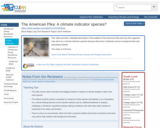
This video provides a detailed description of the habitat of the American Pika and how this organism may serve as a climate indicator species because they have a relatively narrow ecological niche and specialized habitat.
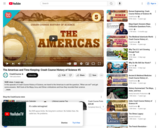
In this episode of Crash Course History of Science, we travel to the Americas to ask the question, "When are we?" and get some answers. We'll look at the Maya, Inca, and Olmec civilizations and how they recorded their science.